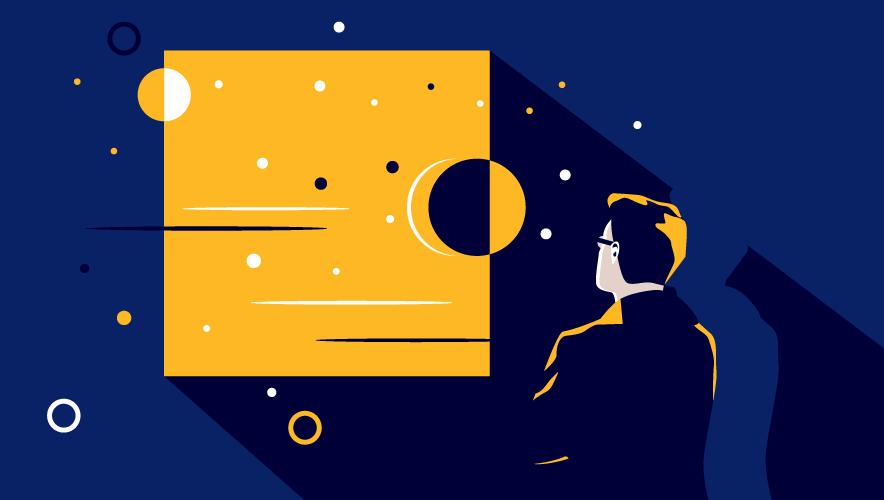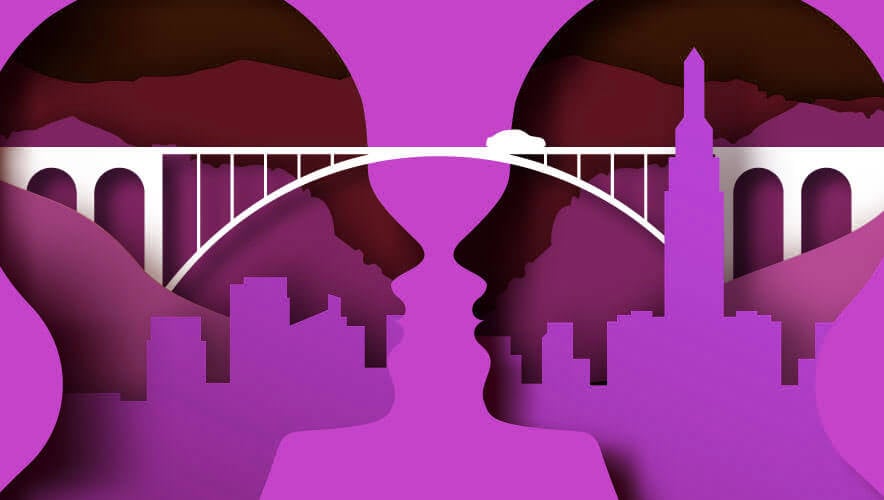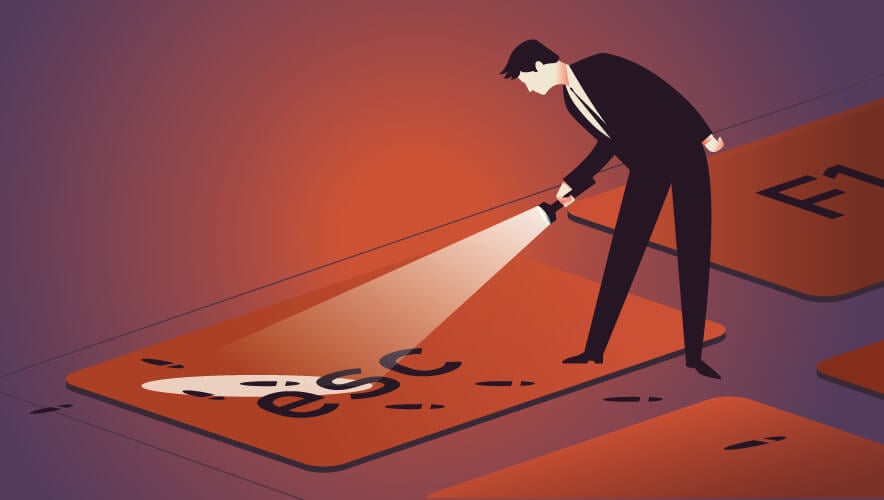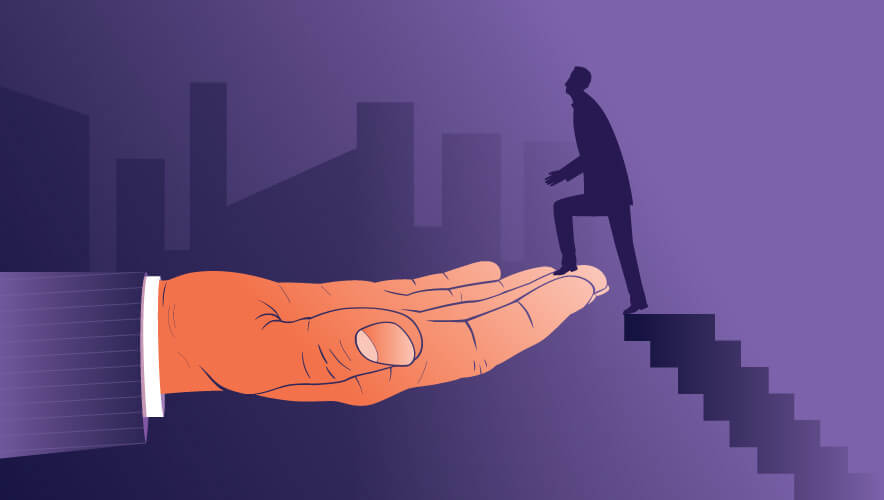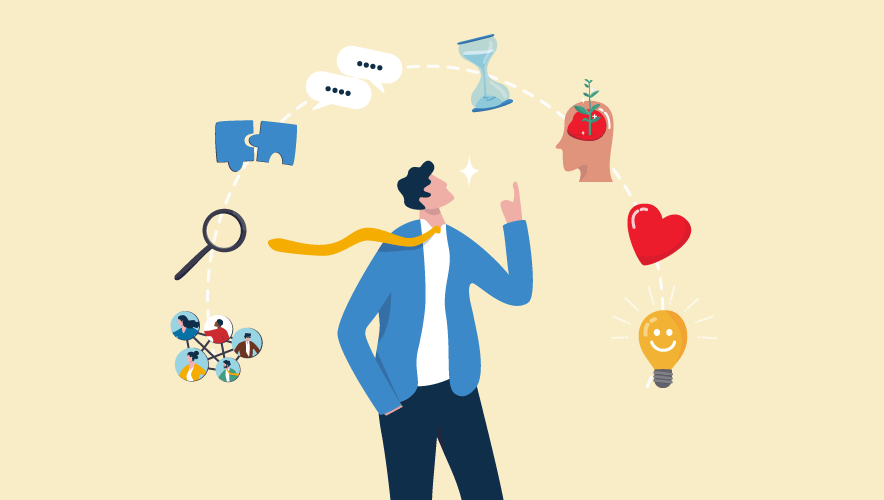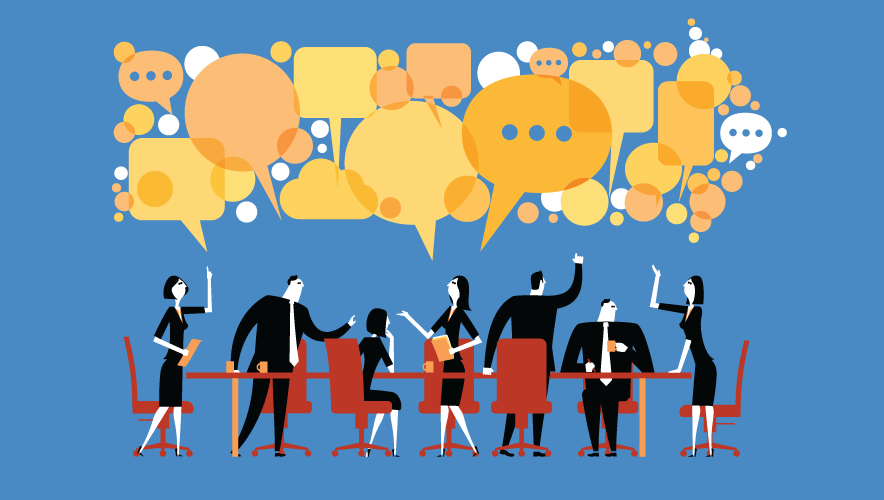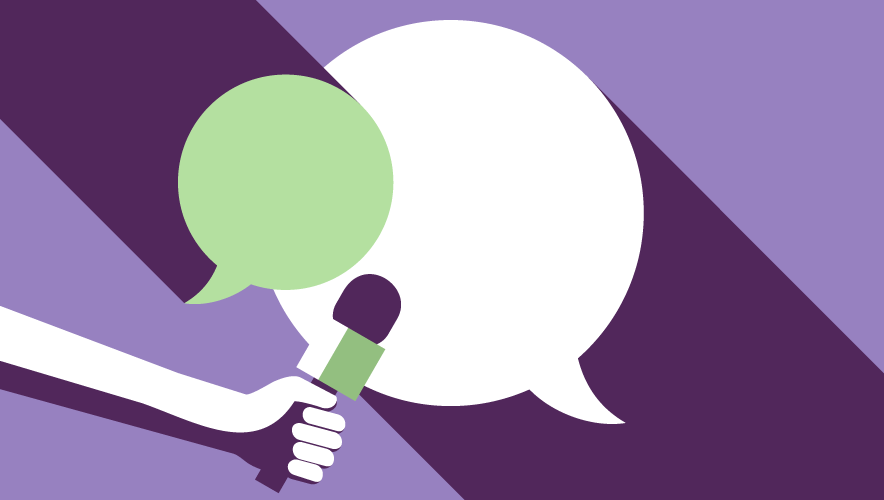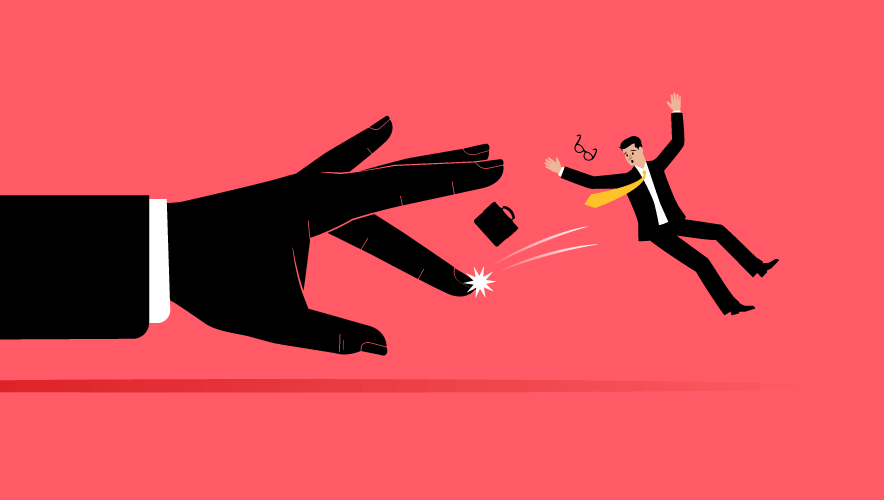Editor’s Note: This Is Your Brain on Soft Skills
The “arts and aesthetics can quite literally rewire your brain,” according to Your Brain on Art: How the Arts Transform Us, by Susan Magsamen and Ivy Ross. This is because of two interrelated brain functions—plasticity and salience.
“The way that neurons communicate and connect is through a process known as synaptic transmission,” they write. “It turns out, neurons are very social cells. In order to survive, they need to communicate with other cells.”
When people have experiences and lay down memories, the brain is making some synaptic connections stronger and some synapses weaker. “In that way, you actually sculpt a new circuit that wasn’t there before, which encodes the memory,” say Magsamen and Ross. This is plasticity.
Salience refers to the way the brain handles important experiences. “You could not possibly pay attention to all of the sensory stimuli coming into your body, or to the many emotions and thoughts that emerge as a result,” they write. “Your brain is expert at filtering out the inputs that it deems irrelevant and focusing its attention on what it believes to be pertinent. Something that is salient is important to us either practically or emotionally; it’s what stands out.”
When something special happens, synapses not only communicate, they connect.
“What stimulates our neurons to communicate with one another—to fire chemical messages—and to do so with enough energy that they wire together into a synaptic connection, is based on the intensity of the sensory stimuli,” they write. “It’s in the chemical soup of neurochemicals that strong synaptic connections are made, and that reflects the ‘saliency’ of an experience.”
The distinct areas of the brain stimulated by art and aesthetic experiences “emerge as major conduits for greater saliency,” according to Magsamen and Ross. The arts in all their forms “are a secret sauce that helps build new synaptic connections,” they write.
Art and creativity are so powerful, in part, because they help create new knowledge. However, Magsamen and Ross are clear that they are speaking about a specific type of knowledge.
“We’re not talking about education,” they write. “Education is the human-created system used to deliver information, one that hasn’t really changed much in the last two hundred years or so. Pedagogy is not to be confused with the neurobiology of learning. The brain doesn’t care about filling in bubbles on standardized tests or heated debates about curricular assessments. Our brain is structured to build new connections and to constantly evolve.”
In her article in Forbes, “Neuroplasticity and Brain Science Behind Exceptional Leadership,” Anna Tan argues that creative learning in the workplace can also build new connections and drive neuroplasticity in the same way aesthetic experiences do.
Exceptional leadership, Tan writes, is not about charisma or the ability to inspire others. “As it turns out, the key lies in the brain’s ability to adapt and change.”
The act of seeking out new skills and knowledge drives plasticity and can help improve the soft skills so crucial to leadership. “By actively participating in leadership roles and activities, we can stimulate neuroplastic changes that boost our leadership skills. For instance, learning new leadership strategies and techniques can strengthen the neural connections involved in decision-making and problem-solving,” according to Tan.
By actively participating in leadership roles and activities, we can stimulate neuroplastic changes that boost our leadership skills.
By embracing a growth mindset, leaders can view challenges as opportunities, according to Tan. Investing in continuous learning is a way to do this. “New leadership strategies and techniques can strengthen the neural connections involved in key leadership skills,” she writes.
This content package can also help; it focuses on soft skills that all security professionals can use to be better communicators, leaders, and peers. Soft skills require practice and commitment, but success is more than just rewarding. It can lead to a richer work experience and a healthier brain.
“Knowledge is more than just cognitive intelligence,” write Magsamen and Ross. “The best learning is a knowing that cultivates wise discernment and understanding, and that evolves and grows over a lifetime. We are driven to learn. We long to fit the puzzle pieces together, to solve the mystery, to figure things out. We are a curious and questioning species by nature.”
By nurturing knowledge and seeking out new skills, the brain grows more resilient. According to Magsamen and Ross, “The best kind of learning sparks curiosity and, in return, endless discovery; it’s your own renewable energy source.”
Teresa Anderson is editor-in-chief of Security Management. Connect with her on LinkedIn or share your thoughts directly via email at [email protected].
